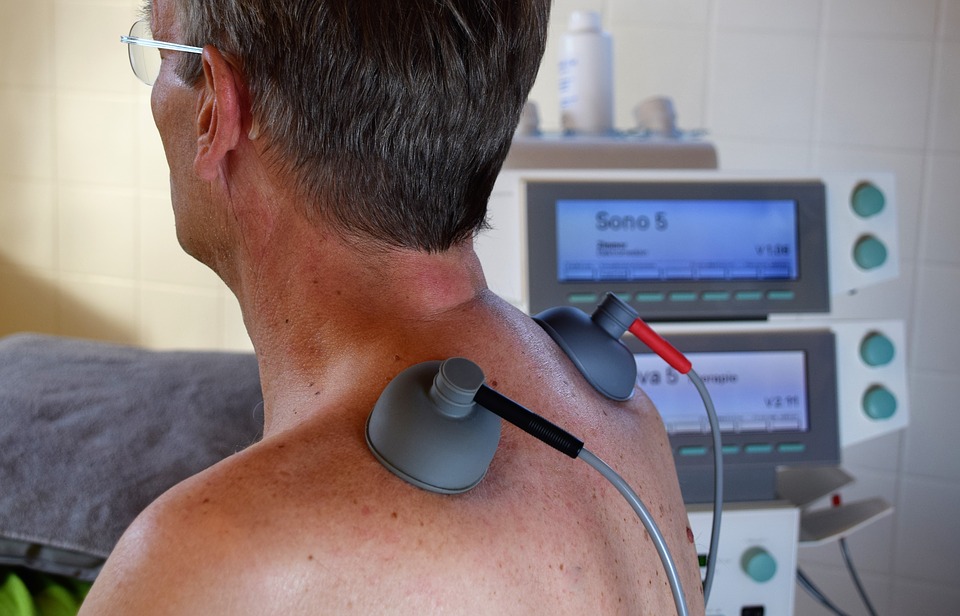
Medical devices are considered critical to the sustenance and betterment of the users' health. As a result, engineers apply high levels of standards to design and manufacture quality medical devices. Safe devices begin from the design stage and proceed to the manufacturing stage. If not well-managed, it may lead to product design or manufacture malfunction. If you manufacture devices that fail or endanger the life of users, your products are likely to be flagged unsafe by safety regulatory bodies.
With that said, ensure that you procure devices from reputable companies that have reputable engineers for all of your medical devices. In addition, you can first get good advice from a reputable medical device design consultant like RBC and others. An effective device has minimal risks associated, is accurate in its functionality, and has good returns on investment.
If you're planning to invest in medical device manufacture, here are critical tips to help you ensure the safety and efficacy of your medical devices:
1. Research
Data is essential to support any device that manufacturers release to the market. To gather this data, industry players must do necessary clinical research. Some of the data is available from regulatory agencies such as governments or other independent bodies. In addition, manufacturers can engage in private research to enhance the findings of other researchers.
You should note that, depending on your niche, clinical research and regulations of the study differ from market to market. For successful research, the resources you may need might be a lot for most manufacturers. However, you can choose to partner with an already established third-party clinical research organization (CRO) that can help you follow clinical data requirements stipulated by regulators. On top of that, ensure that you get permission from concerned bodies as academic-related research might require that in some countries.
2. Post-Market Follow-Up
Once you've released your medical device to the market, it doesn't mean you're all okay to enjoy sales without considering how your product is affecting the users. With that said, you need to receive feedback from the consumers of your device. Feedback may be a comment of appraisal because the device delivers the results you promised. On the other hand, it might be complaints of failure or negative effects to a user.
As a result, be diligent in acting promptly on your feedback. Remember, post-market surveillance is an important part of ensuring medical device efficacy and safety. You might do most of the improvements on your product once you’ve begun commercializing your device.
3. ISO 14971 Risk Management Compliance
In major markets where medical devices are produced such as in the US, Canada, Europe, and other states, they ought to fully assure the global regulator that they've produced, documented, and followed systematic risk management processes for their technologies and devices. It's a requirement that all manufacturers strictly follow the laid down risk management practices throughout the product lifecycle.
Risk management is important because of the following:
- It's ethical.
- It boosts your credibility as a manufacturer.
- It safeguards the market from unsafe products.
- It protects you from associated liability damage awards.
- It protects you from the costs associated with a product recall.
Risk management has several stages. The first stage is to identify hazards. This means identifying the probability of a risk and calculating the severity of its occurrence. However, you need to note that risks can be lowered significantly, though you might not entirely remove them.
The next stage is to control the risk, which involves drawing conclusions and deploying strategies that minimize and keep the risk within acceptable levels. Some of the activities that you can do to control risks are:
- Giving safety guidelines like maintenance schedules, warnings, training, labeling, and operator instructions.
- Protective steps of the device design and manufacture.
- Protective controls such as default operating modes.
Moreover, apart from maintaining device risks at acceptable levels, you should undertake device monitoring for new risks and hazards during its lifecycle. In this, you need an excellent quality management system that captures production, customer feedback, and complaints to gain effective monitoring.
Another aspect of risk management is assessing the level of residual risk (RR). Is the remaining RR acceptable to allow consumer use? If yes, you can still commercialize the device. Else, you should not.
Finally, do risk mitigation, which encapsulates the steps to take concerning the risk to:
- Lower failure impact.
- Remove or prevent the cause of failure.
- Identify failure as early as possible.
Final Thoughts
The top priorities of producing a medical device are to ensure that its effective in functionality and safe for consumer use. Because medical devices are meant to improve the user's health condition, you ought to ensure that you cooperate with regulatory bodies and ensure that it meets all standards of design, manufacture, and use.
Author’s Bio:
Jeny Richards is a medical doctor specializing in infectious diseases. She has been practicing for the last 15 years. She shares her knowledge and expertise through blogging and guest posting. During her free time, she likes reading, playing chess, and listening to jazz music.